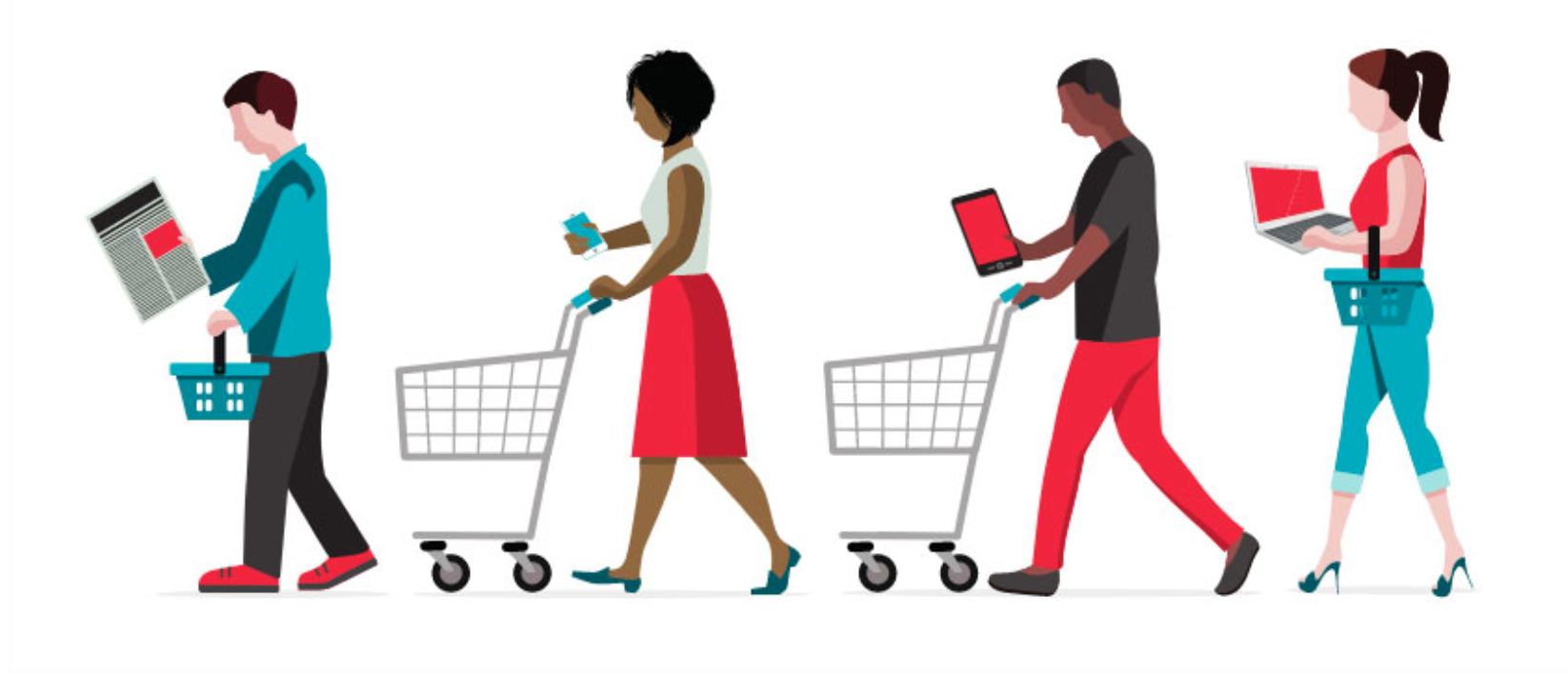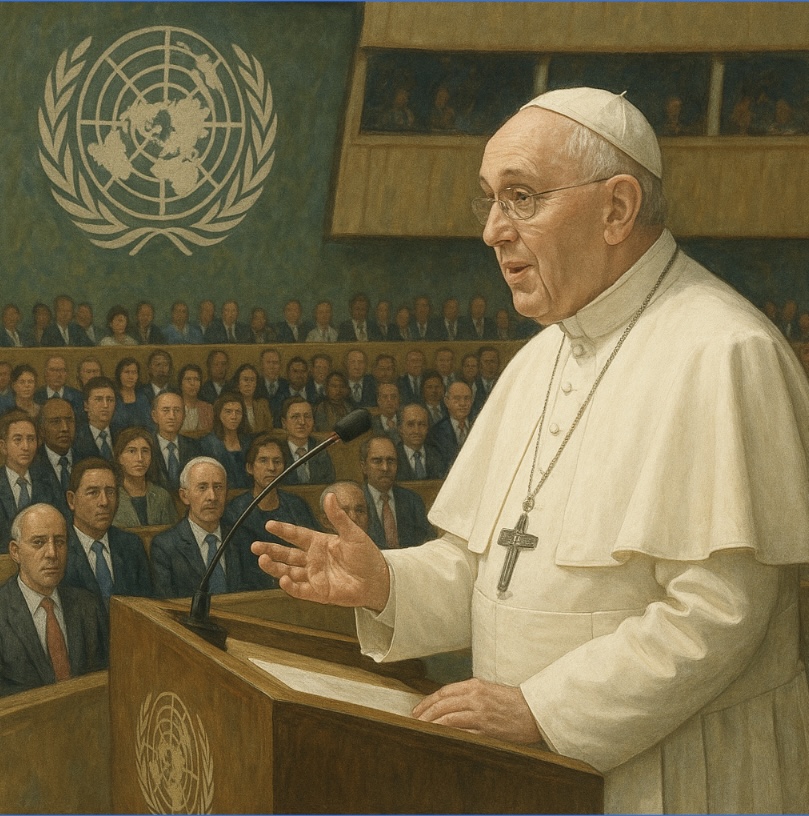Current condition of the economy of the Philippines Filipino economy
Industrial and consumer spending
Filipino buyers’ characteristics changed after COVID19

[해외특파원 1기 / 김정욱 기자] There is no doubt that the Covid-19 pandemic made a huge impact on the Filipino economy. In the second quarter of 2020, the Philippine’s economic growth reached -16.5%, the lowest record since 1981. Similarly, the country recorded an average economic growth rate of -9% in the first half of 2020, with a significant economic decline observed among neighboring Southeast Asian countries.
Amidst the pandemic, a large majority of industrial businesses in tourism, manufacturing, and aviation suffered huge losses. Due to a decrease in consumer demand and an increase in governmental regulation, economic growth rate decreased 21.3% in stark contrast to pre-pandemic rates. Furthermore, according to the Philippines Department of Tourism (DOT), tourism decreased 73%, resulting in a net loss of 16 hundred million dollars in 2020. As the Philippines is a consumption-led economy, 70% of demand comes from household spending. The country was therefore largely impacted by the drop in household spending in all sectors such as cosmetic products or brand-named clothes during the government’s regulation and restriction blockade.
After the pandemic started, there has been a surge in regulations limiting mobility, which led to certain types of industries being restricted. Subsequently, consumers’ incentives to purchase have shrunk as they become more cautious than before about their economic decisions. Prior to the pandemic, most Filipino consumers preferred to visit marts in person to purchase goods. However, as health concerns increased due to Covid-19, people increasingly stayed at home, increasing the demand for online transactions. In fact, according to Statista, the Philippine e-commerce market amounted to 3.37 billion dollar in 2020, which is a rate that increased 35.4% from a year earlier. In addition, as of 2020, about 3.888 billion customers were found to use online shopping, and it is expected to increase to about 5.362 billion by 2024.
In addition, demand for online payments has increased due to the growth of the e-commerce market, and numerous small businesses that sell products directly within the SNS community have also emerged during the pandemic. Although the Philippine’s online market is in its early stage, and there are many things to supplement, including the poor Internet environment in the Philippines, low credit card penetration and etc, the Philippines is expected to grow and develop an online market.





